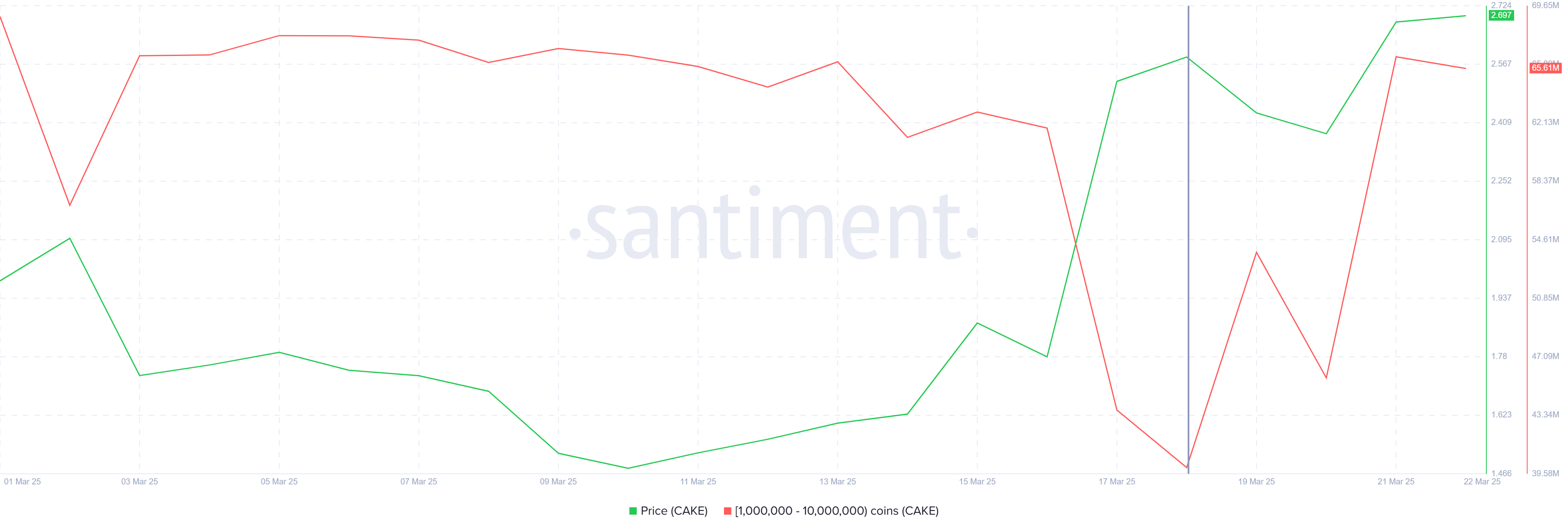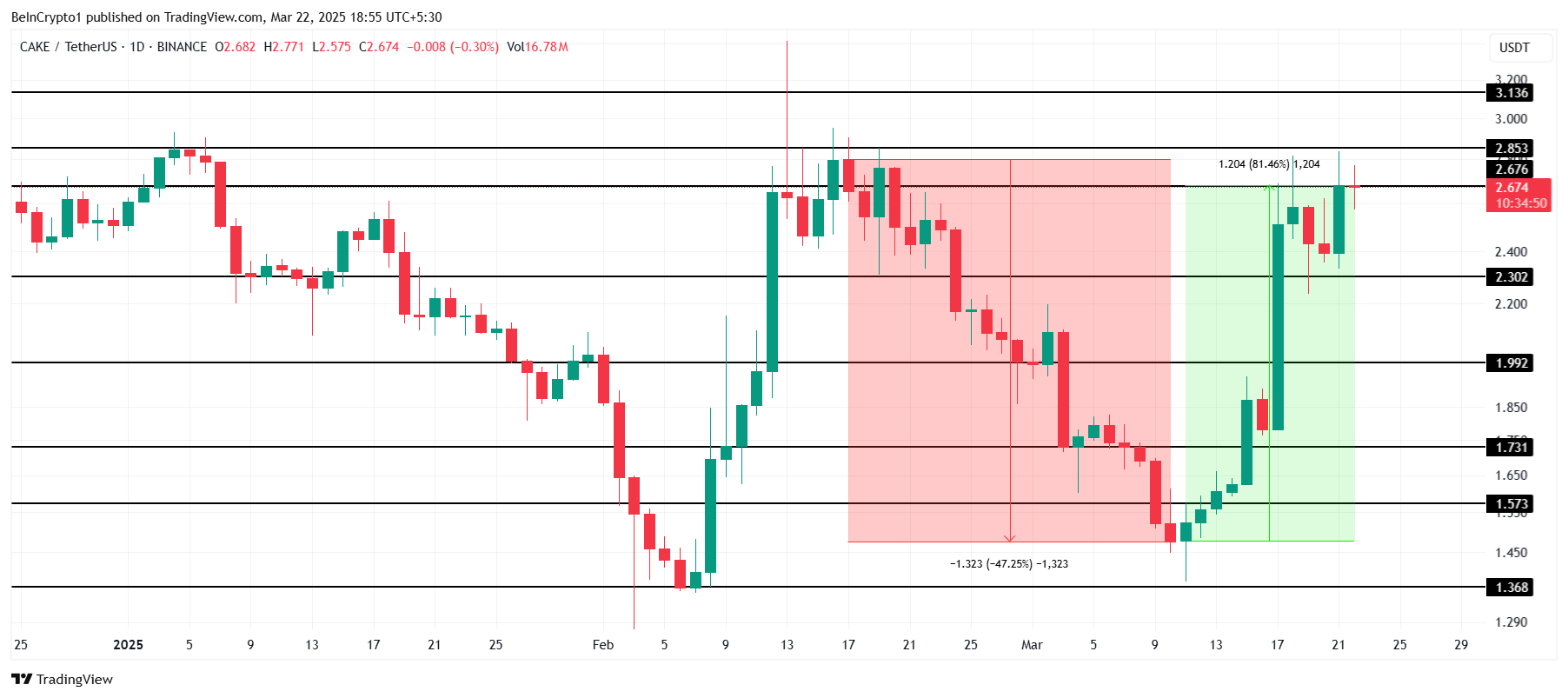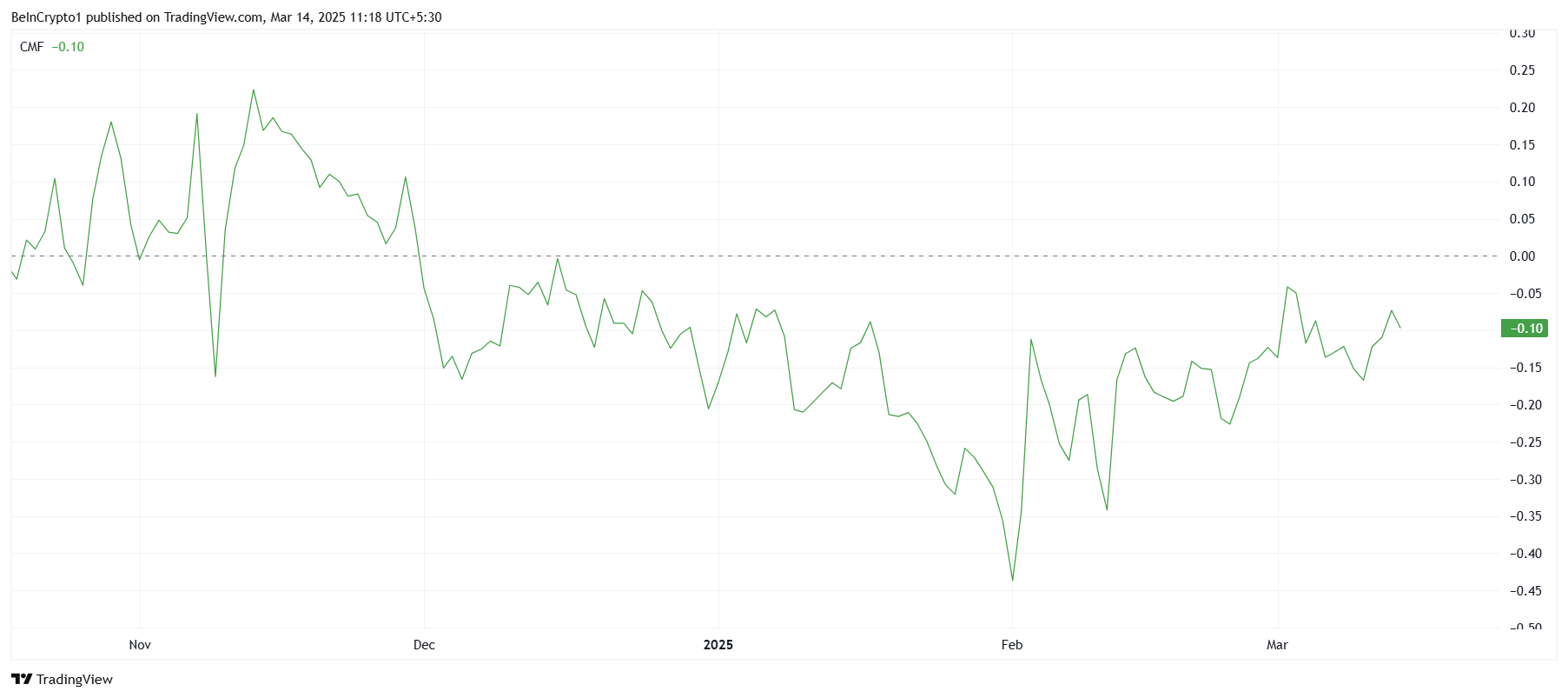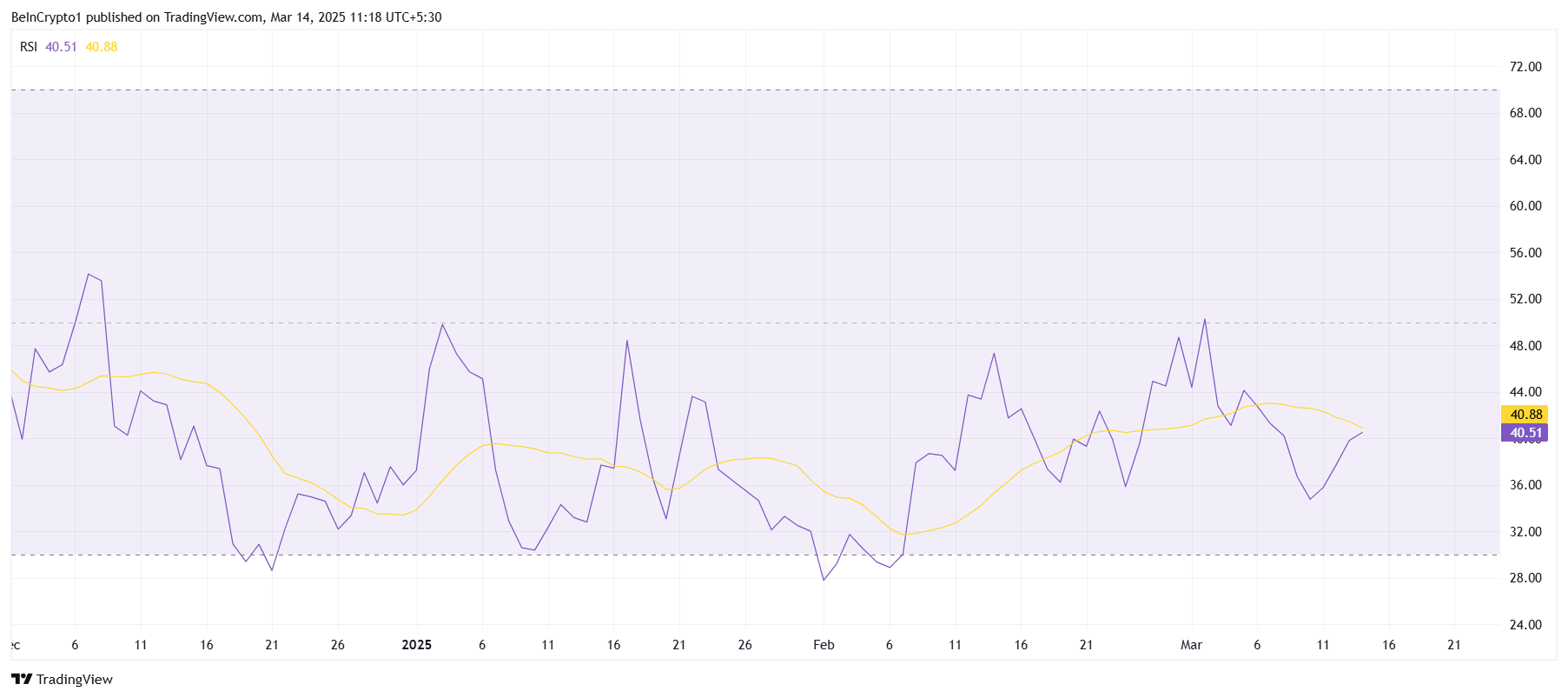Changpeng “CZ” Zhao is having another public dispute with Bloomberg over his recent efforts to advise various governments on crypto policy.
The Binance founder once again called out the publication for negatively framing his advisory efforts. CZ continues to stress that several media outlets take his remarks out of context to drive breaking news.
CZ Continues to Face Media Scrutiny
Changpeng “CZ” Zhao, former CEO of Binance, has recently been involved in a few spats with major publications. Three years ago, he sued one of the Bloomberg subsidiaries for defamation.
Most recently, several US-based publications circulated allegations about a potential deal with the Trump family. After denying those claims, Bloomberg again published an article centered on CZ’s work advising various governments, prompting a harsh response.
In recent months, CZ has been actively advising the government on crypto policies and digital asset regulations. This month alone, he advised Kyrgyzstan on building its crypto hub and joined the Pakistan crypto council.
Earlier this week, he met with the Prime Minister of Malaysia to “discuss [the country’s] potential to become a major hub” for crypto.
This particular meeting was the center of Bloomberg’s report today, framing the regulatory efforts in a negative context.
Specifically, the article repeatedly called attention to his prison stint for money laundering charges, which he pleaded guilty to. It mentioned his criminal past several times in addition to previous reprimands from regulators.
In other words, several US-based media outlets find it ironic that CZ influences crypto laws due to his struggles with the legal system.
However, his actual advice is pretty standard. As a major crypto leader, it’s unsurprising that CZ advocates for balanced or even loose regulation.
Bloomberg also quoted a few of CZ’s comments at various public appearances, which he claims were taken out of context. For example, it referred to a Q&A about Giggle Academy.
Giggle is a non-profit online education platform that helps youths in emerging markets find employment. When asked about concerns of promoting child labor, he responded:
“I’ve got to be careful on this one. We don’t want to violate any laws about working age. Giggle doesn’t offer a job market on the platform today, but it plans to in the future. We are also willing to work with labor ministries to review or at least explore what’s the right working age for kids,” CZ said.
CZ called this quote a joke, chiding the publication for focusing on it instead of the talk’s main points. Giggle has enrolled over 28,000 children, he claimed.
The article paints his activities in a dark light by constantly referring to his criminal conviction and pairing this remark about “working with labor ministries” with his efforts advising government policy.
The post Binance’s CZ and Bloomberg Continue to Clash Over Crypto Advisory Reports appeared first on BeInCrypto.



 BNB (@cz_binance)
BNB (@cz_binance) 







